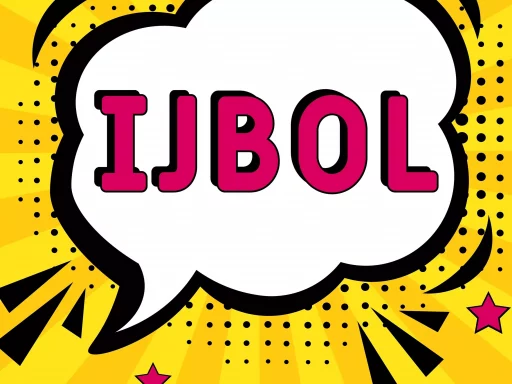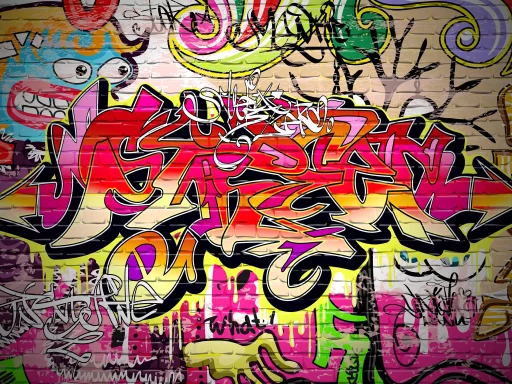Introduction
Slang has always been an essential part of language, evolving continuously to capture the spirit of the time. Particularly within youth culture, slang serves as a tool for identity, belonging, and even rebellion. In this article, we will explore the concept of real slang, its significance, examples, and how it reflects societal changes.
The Evolution of Slang
Slang is not a modern construct; it has roots that date back centuries. However, its rapid evolution in recent decades has been unprecedented, driven by technology, social media, and cultural exchanges.
- Historical Origins: Slang phrases can be traced back to various movements and eras, mirroring changes in society.
- Modern Influences: The rise of the internet and social media platforms have accelerated the spread and adoption of new slang terms.
What Defines Real Slang?
Real slang typically embodies the characteristics listed below:
- Informality: Slang is often casual and used in spoken language, providing a sense of ease in conversation.
- Creativity: Slang allows for playful manipulation of language, often utilizing metaphors, abbreviations, or even allusions.
- Cultural Relevance: Real slang often arises out of specific cultural events, issues, or communities, making it relatable to that group.
Examples of Popular Slang Terms
Below are some slang terms that have become emblematic of certain eras and cultures:
- Lit: Used to describe something exciting or excellent; often associated with parties or moments of high energy.
- Flex: To show off, primarily used in contexts related to fashion, wealth, or achievements.
- Salty: A term used to describe someone who is bitter or upset, often as a response to being predicted wrong in a competition.
- Tea: A term for gossip or interesting information, often used in sentences like, “Spill the tea!”
- Simp: A term characterizing someone who shows excessive sympathy and attention toward someone they like, often to the detriment of their self-respect.
Case Study: The Impact of Social Media on Slang
Social media platforms like Twitter, TikTok, and Instagram play an instrumental role in the dissemination of slang. The virality of new terms can be observed through trending hashtags and viral challenges.
- Trend Analysis: According to a study by the Linguistic Society of America, 74% of young people report using slang influenced by social media.
- Influencer Culture: Influencers often adopt and spread new slang, leading to quicker adoption across a wider audience. For example, the term “Stan” originated from Eminem’s song and quickly became a way to describe overly dedicated fans.
Statistics on Slang Usage
Statistical data can reveal significant trends about slang usage among different demographics:
- Age Factor: A survey conducted by Pew Research Center highlights that 66% of teens aged 13-17 use slang daily.
- Geographic Variation: Different regions of the United States exhibit unique slang; for example, “y’all” is predominantly used in the South.
- Language Dynamics: In a multilingual survey, 32% of young speakers reported integrating phrases from different languages into their slang vocabulary.
The Importance of Slang in Communication
Using slang effectively can enhance communication as it fosters a sense of community and shared understanding.
- Identity Formation: Youth often use slang to express their individual and group identities.
- Emotional Connection: Slang can convey emotions and meanings that standard language might not capture.
Conclusion
Real slang is more than just a collection of informal words; it is a dynamic system that reflects culture, identity, and social dynamics. As society continues to evolve, so will the slang that accompanies it, perpetually reigniting the conversation around language and its role in human connection.





